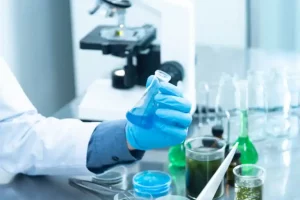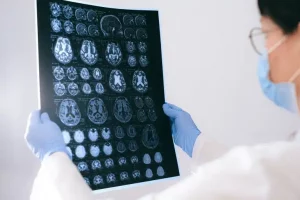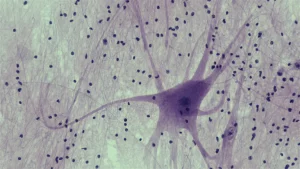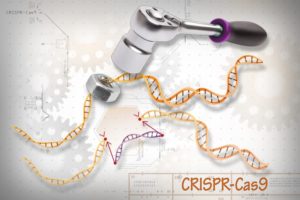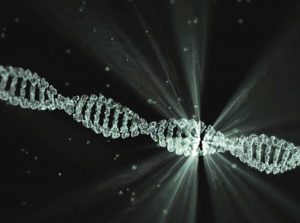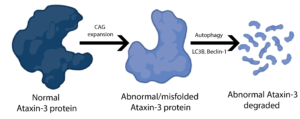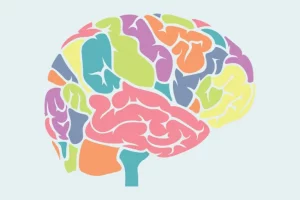
A new molecule identified that controls cerebellar communication
Written by Dr. Ambika Tewari Edited by Dr. Sriram Jayabal Targeting phosphatases in the cerebellum can correct miscommunication in multiple models of ataxia. The cerebellum is essential for motor coordination and consists of the coordinated activity of different types of cells. Purkinje cells are one of the most fascinating cell Read More…


